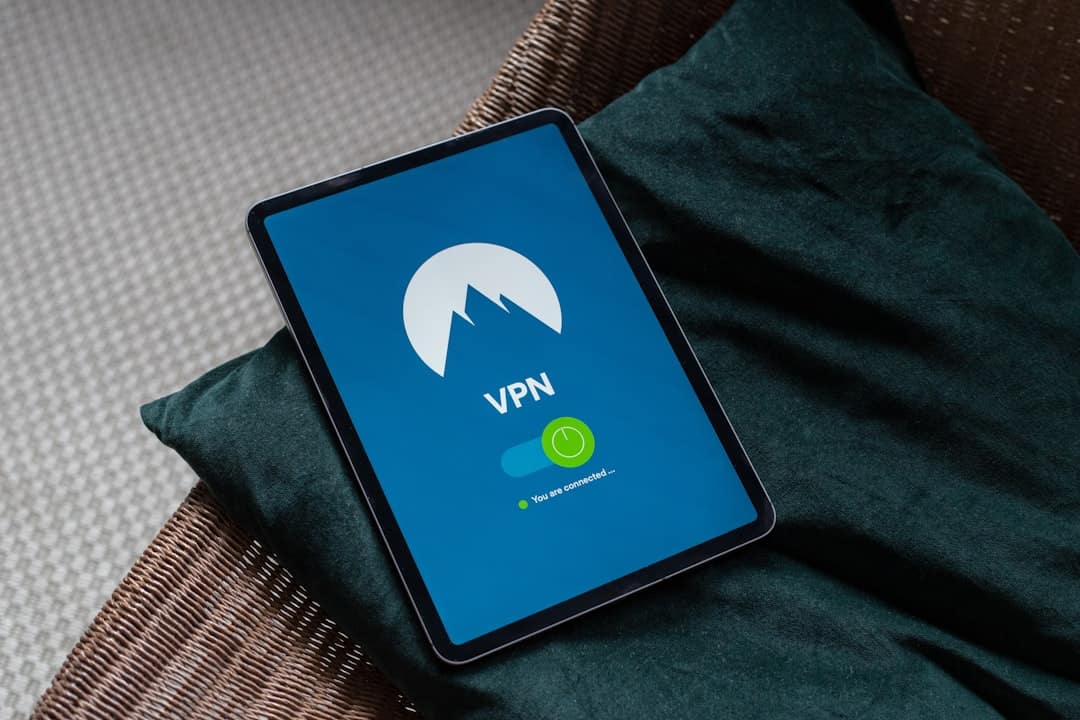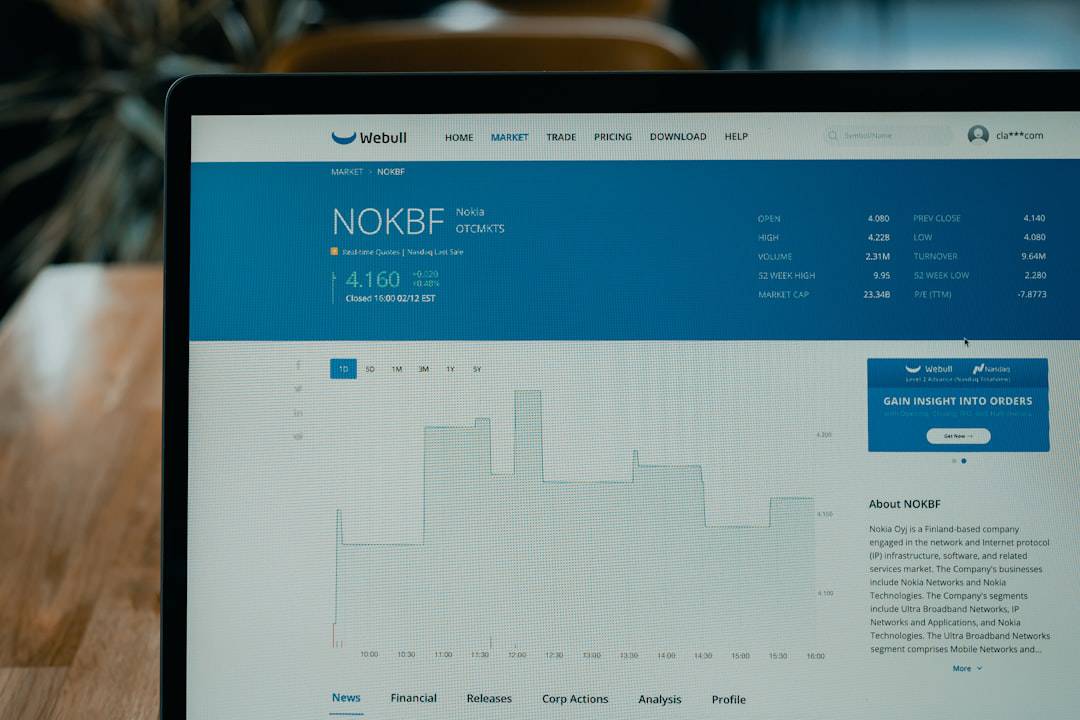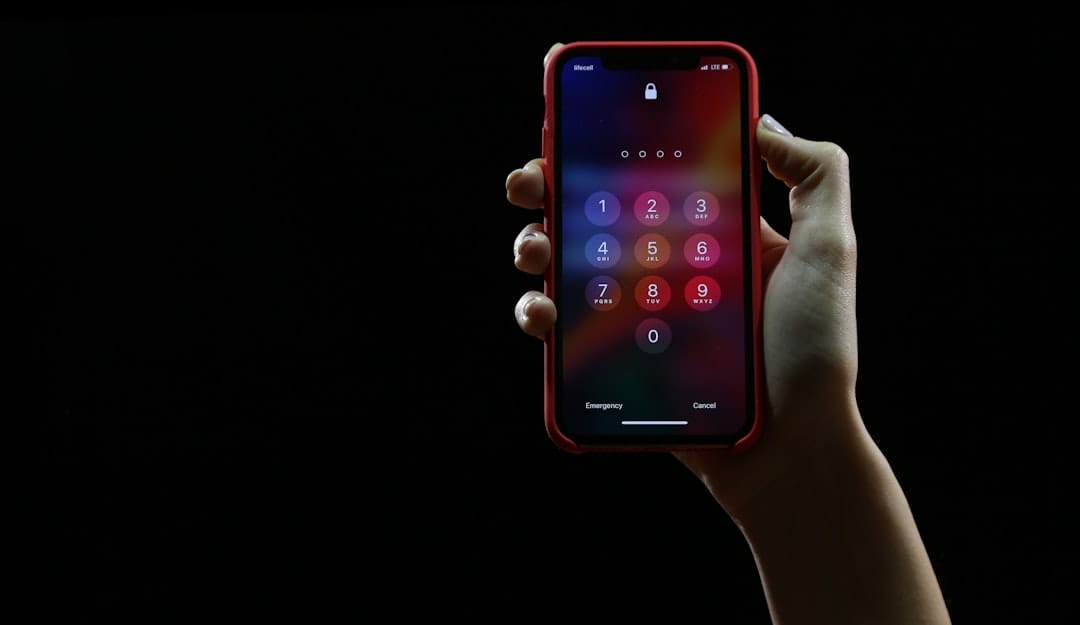Cyber Security
-

Securing Access with Cloudflare ZTNA
Zero Trust Network Access (ZTNA) is a security framework designed to address the limitations of traditional network security approaches. Unlike conventional models that rely on perimeter-based defenses, ZTNA assumes that threats can originate from both internal and external sources. This model focuses on verifying the identity of users and devices before granting access to applications…
-

Mastering Snapchat with Brute Force
Snapchat is a social media application that enables users to share ephemeral photos and videos with their network. The platform is distinguished by its unique features, including self-destructing messages and augmented reality filters, which provide an engaging and interactive user experience. Snapchat also offers various tools for businesses and content creators to reach their target…
-

The Threat of Zero Day Exploit Attacks
Zero-day exploit attacks target previously unknown vulnerabilities in software or systems. These vulnerabilities are termed “zero-day” because the software developer or vendor has had zero days to address the issue before it is exploited. This lack of preparation time makes zero-day attacks particularly dangerous, as they can be used to gain unauthorized access, steal sensitive…
-

Effective Cybersecurity Incident Response Strategies
Cybersecurity incidents are increasingly prevalent in the digital landscape. These incidents encompass a range of threats, including data breaches, malware attacks, phishing scams, and ransomware. It is essential for organizations to comprehend the various types of Cybersecurity incidents to effectively safeguard against potential threats. Data breaches occur when unauthorized individuals access or steal sensitive information,…
-

Secure Access Made Simple with FortiZTNA
Zero Trust Network Access (ZTNA) is a security framework that provides secure access to resources regardless of user location. Unlike traditional perimeter-based security models, ZTNA authenticates and authorizes every access request, whether internal or external. This approach is essential in today’s digital environment, where remote work and cloud-based applications are prevalent. ZTNA implements the principle…
-

Preventing SSH Brute Force Attacks
SSH (Secure Shell) is a widely used protocol for secure remote access to systems and is a common target for attackers. Brute force attacks are a prevalent method used to gain unauthorized access to SSH servers. In this type of attack, an attacker systematically attempts various username and password combinations until the correct one is…
-

Unveiling the Threat: Zero Day Attack
Zero-day attacks are a form of cyber threat that exploits previously unknown vulnerabilities in software or hardware. These vulnerabilities are termed “zero-day” because the developer has had zero days to address the issue before it is exploited. This lack of preparation time makes zero-day attacks particularly dangerous, as there are no existing patches or fixes…
-

Protecting Your Network: The Importance of a Secure System
In the contemporary digital landscape, network security faces an array of evolving and increasingly sophisticated threats. Cybercriminals actively seek vulnerabilities in networks to exploit for financial gain, data theft, or system disruption. Common threats include malware such as viruses, worms, and ransomware, which can compromise systems, leading to data loss or operational downtime. Phishing attacks,…
-

Fortinet’s Zero Trust Network Access: Securing Your Network
Zero Trust Network Access (ZTNA) is a security framework that eliminates implicit trust within an organization’s network. Unlike traditional network security models that assume internal users and devices are trustworthy, ZTNA adopts a “never trust, always verify” approach. This model has gained prominence due to the increasing sophistication of cyber threats and the widespread adoption…
-

Brute Force: Cracking Passwords with Raw Power
Brute force password cracking is a well-established technique in cybersecurity used to gain unauthorized access to systems or accounts. This method involves systematically attempting every possible password combination until the correct one is identified. Despite its simplicity, it has remained an effective approach for hackers to compromise sensitive information for many years. This technique can…
-

Unleashing the 0 Day Attack: The New Threat to Cybersecurity
A zero-day attack, also known as a zero-day exploit, is a cyber attack that exploits a previously unknown vulnerability in computer software or hardware. The term “zero-day” refers to the fact that the attack occurs on the same day the vulnerability is discovered, leaving no time for the targeted entity to prepare or defend against…
-

Maximizing Security with Managed Services
Managed services involve outsourcing day-to-day management responsibilities and functions to improve operations and reduce costs. In IT, these services encompass network monitoring, security, data backup and recovery, and technical support. By engaging a managed service provider (MSP), businesses can delegate IT infrastructure management and concentrate on their core competencies. This partnership allows organizations to leverage…
-

Maximizing Security with Netskope ZTNA
Zero Trust Network Access (ZTNA) is a security model that verifies and authenticates every user and device attempting to access a network. This approach is founded on the principle of “never trust, always verify,” meaning no user or device is trusted by default, regardless of location or network environment. ZTNA focuses on securing access to…
-

Protect Your Data with Brute Force Passwords
In the digital era, robust passwords are crucial for online security. As cyber threats and data breaches increase, individuals and organizations must prioritize protecting their online accounts and sensitive information. Strong passwords serve as the primary defense against unauthorized access and malicious attacks, creating a barrier that impedes hackers from easily accessing personal and confidential…
-

Unleashing the Power of the 0 Day Exploit
A zero-day exploit is a cyber attack that targets a previously unknown security vulnerability on the day it becomes public knowledge. This timing gives software developers no opportunity to create and distribute a patch before attackers can exploit the weakness. Zero-day exploits are valuable to cybercriminals due to their effectiveness in breaching systems, stealing data,…
-

Protecting Data: Cloud Computing Security
Cloud computing security encompasses a comprehensive set of measures designed to safeguard data, applications, and infrastructure within cloud environments. This includes various policies, technologies, and controls implemented to ensure the protection of cloud-based resources. Key components of cloud security include data encryption, access control mechanisms, identity management systems, and network security protocols. The primary objective…
-

Understanding Zero Trust Network Access (ZTNA)
Zero Trust Network Access (ZTNA) is a security framework that addresses the limitations of traditional network security approaches. It operates on the principle that no user or device should be automatically trusted, regardless of their location or network connection. ZTNA requires strict identity verification for every access attempt to network resources, whether originating from inside…
-

The Power of Brute Force Attack: Breaking Through Security
Brute force attacks are a cybersecurity threat where attackers attempt to gain unauthorized access to systems or accounts by systematically trying every possible combination of passwords or encryption keys. This method is used when the attacker lacks prior knowledge of the target’s credentials and relies on the sheer volume of attempts to find the correct…
-

Uncovering the Dangers of Zero Day Exploits
Zero day exploits are cyber attacks that exploit previously unknown security vulnerabilities in software, hardware, or system designs. These attacks occur on the same day the vulnerability becomes public knowledge, leaving no time for targets to implement defenses. This timing makes zero day exploits particularly dangerous and difficult to prevent. These exploits can be used…
-

Ensuring Cloud Infrastructure Security
Cloud infrastructure security is a critical component of an organization’s overall security strategy. As businesses increasingly rely on cloud services and migrate sensitive data and applications to the cloud, protecting cloud infrastructure has become essential. This security domain encompasses safeguarding the underlying hardware, software, and network infrastructure that support cloud services, including virtual machines, containers,…
-

Maximizing Security with Zero Trust Network Access
Zero Trust Network Access (ZTNA) is a cybersecurity approach that challenges the traditional security model of trusting everything within a network perimeter. Instead, ZTNA operates on the principle of “never trust, always verify,” requiring authentication and authorization for every access request, regardless of the user’s or device’s location. ZTNA employs micro-segmentation, granting access to network…









